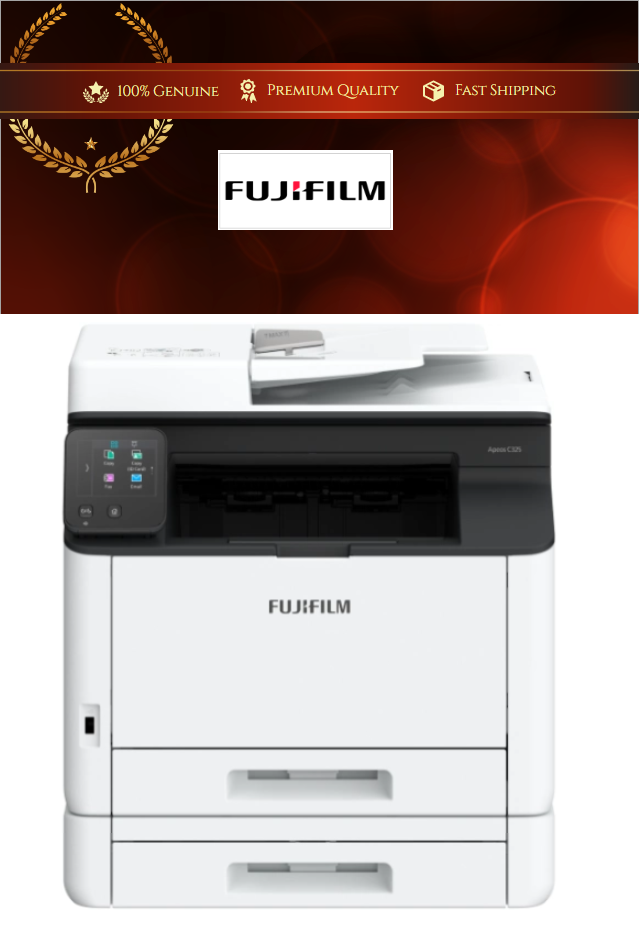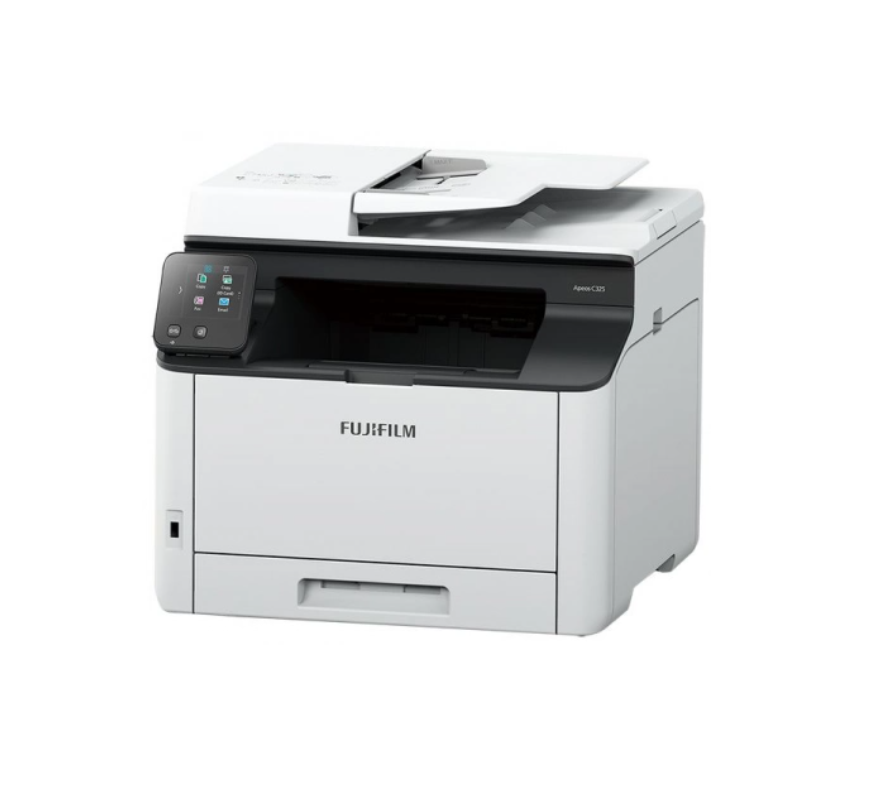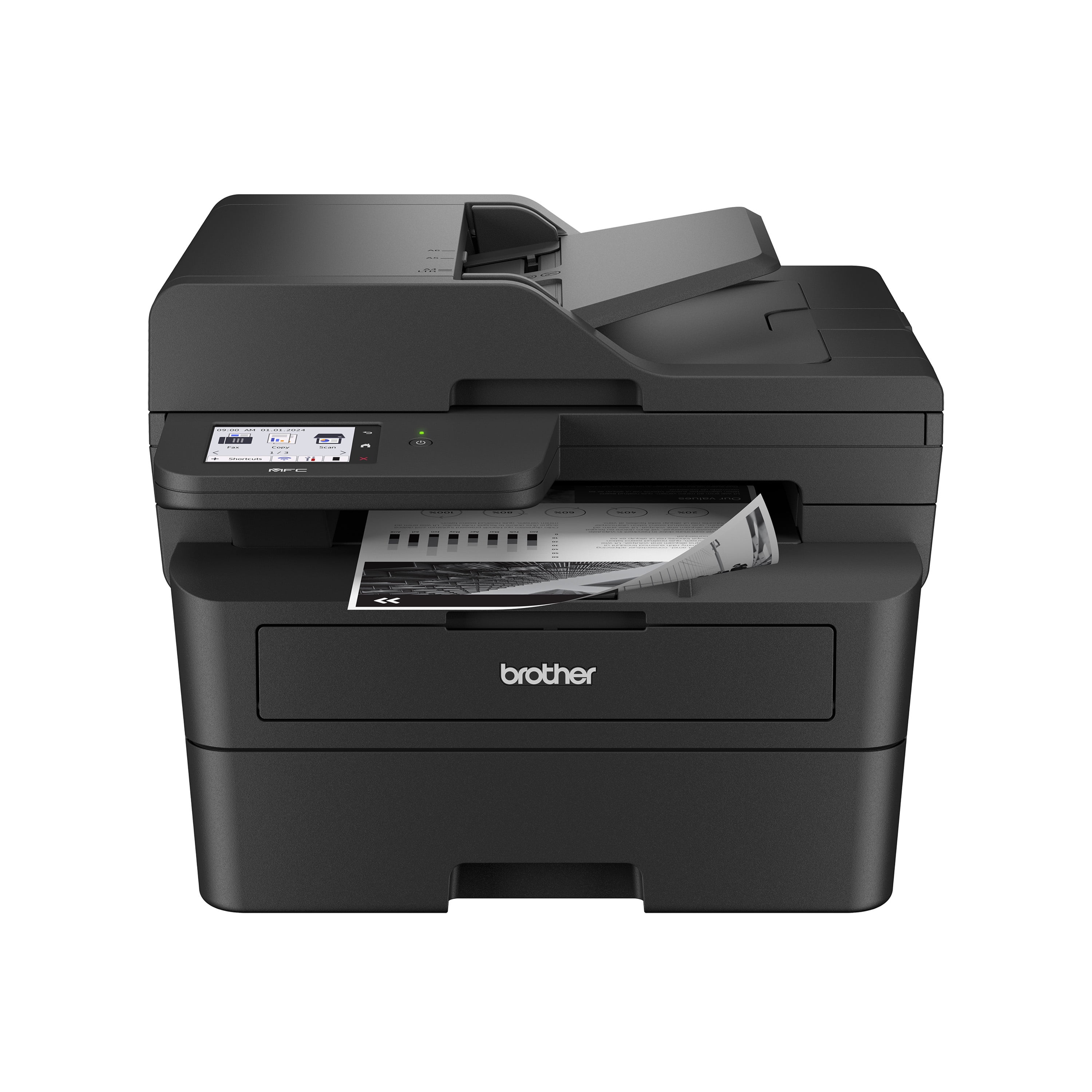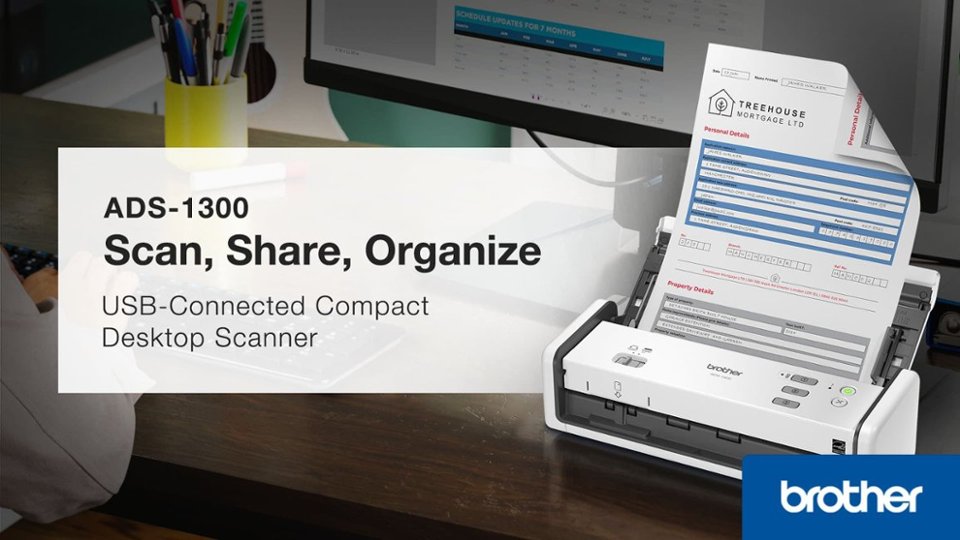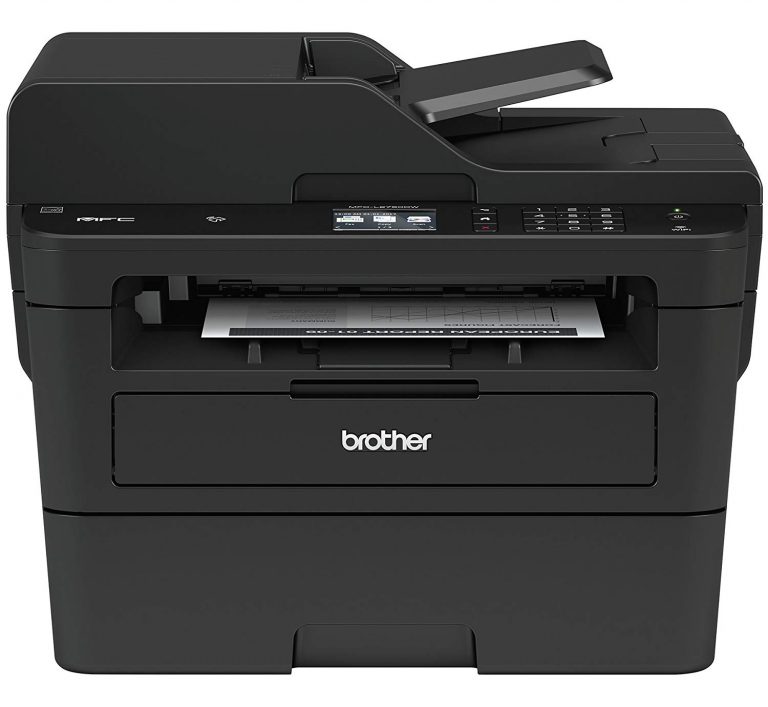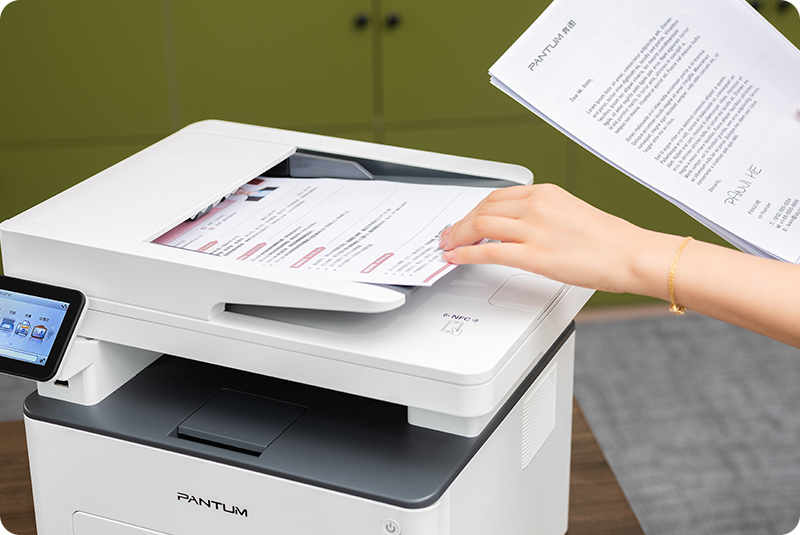Single Pass Duplex Scanning Printer

The document management landscape is undergoing a quiet revolution with the rise of single-pass duplex scanning printers. These devices promise faster, more efficient digitization of paper documents, impacting everything from small home offices to large corporate enterprises. But what exactly are they, and why are they generating so much buzz?
The single-pass duplex scanning printer addresses the long-standing bottleneck of traditional duplex scanning. It simultaneously scans both sides of a document in a single pass. This innovation significantly reduces scanning time and improves workflow efficiency compared to traditional methods.
What is Single-Pass Duplex Scanning?
Traditional duplex scanning requires two passes to capture both sides of a document. The printer scans one side, then mechanically flips the page to scan the other. Single-pass duplex scanning, however, utilizes two separate scanning sensors to capture both sides of the page simultaneously.
This simultaneous capture mechanism is the core innovation. It directly translates to faster scanning speeds and improved paper handling.
Key Benefits and Features
The primary benefit of single-pass duplex scanning is speed. According to data released by Brother Industries, users can experience up to a 50% reduction in scanning time compared to traditional duplex scanning methods. This difference is crucial in environments where large volumes of documents need to be digitized quickly.
Improved paper handling is another significant advantage. By eliminating the need to flip the page, single-pass duplex scanning reduces the risk of paper jams and damage, especially when dealing with delicate or old documents.
These printers often come equipped with advanced software features, such as optical character recognition (OCR). OCR converts scanned images into searchable and editable text, enhancing document accessibility and usability.
Target Audience and Applications
The target audience for single-pass duplex scanning printers is diverse. Home offices and small businesses benefit from the increased efficiency and reduced footprint.
Large corporations and government agencies can leverage these printers to streamline their document management processes and reduce paper-based storage. Law firms, medical offices, and educational institutions are also major beneficiaries of this technology.
"The adoption of single-pass duplex scanning technology represents a significant step forward in document digitization," says Robert Palmer, a principal analyst at InfoTrends, a Keypoint Intelligence company. "It offers a tangible improvement in speed, efficiency, and reliability, making it a valuable asset for organizations of all sizes."
Market Availability and Pricing
A wide range of manufacturers, including Epson, Canon, and HP, now offer single-pass duplex scanning printers. Prices vary depending on features, speed, and capacity.
Entry-level models suitable for home offices can be found for under $200. High-end models designed for enterprise environments can cost upwards of $1,000.
Potential Impact and Future Trends
The rise of single-pass duplex scanning printers is contributing to the broader trend of paperless offices. By making document digitization faster and easier, these printers encourage organizations to reduce their reliance on physical documents.
Future trends in this technology include integration with cloud-based document management systems. This integration would allows users to seamlessly scan and store documents directly to the cloud.
Enhanced security features, such as password protection and encryption, are also expected to become more prevalent. These features will address growing concerns about data privacy and security.
Ultimately, the single-pass duplex scanning printer is more than just a piece of office equipment. It is a tool that empowers individuals and organizations to manage information more efficiently, reduce costs, and embrace a more sustainable future.

